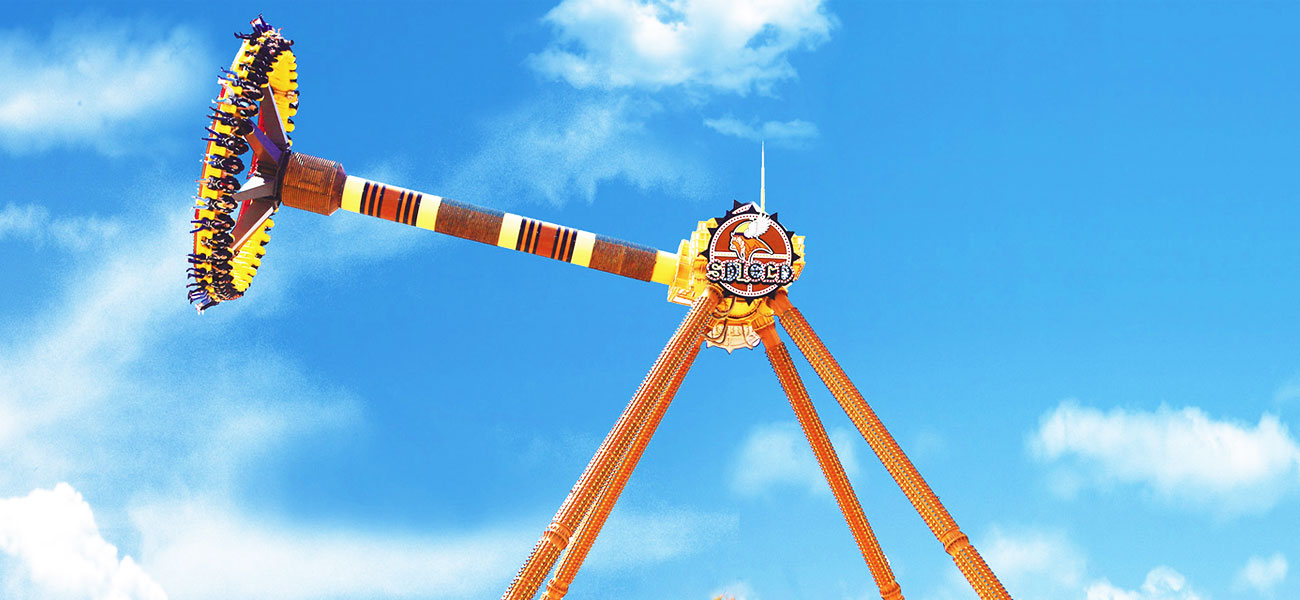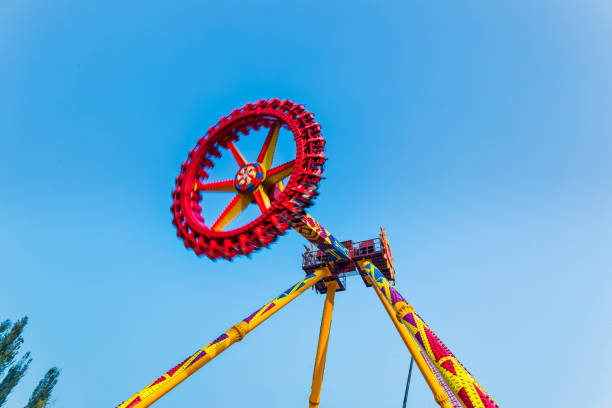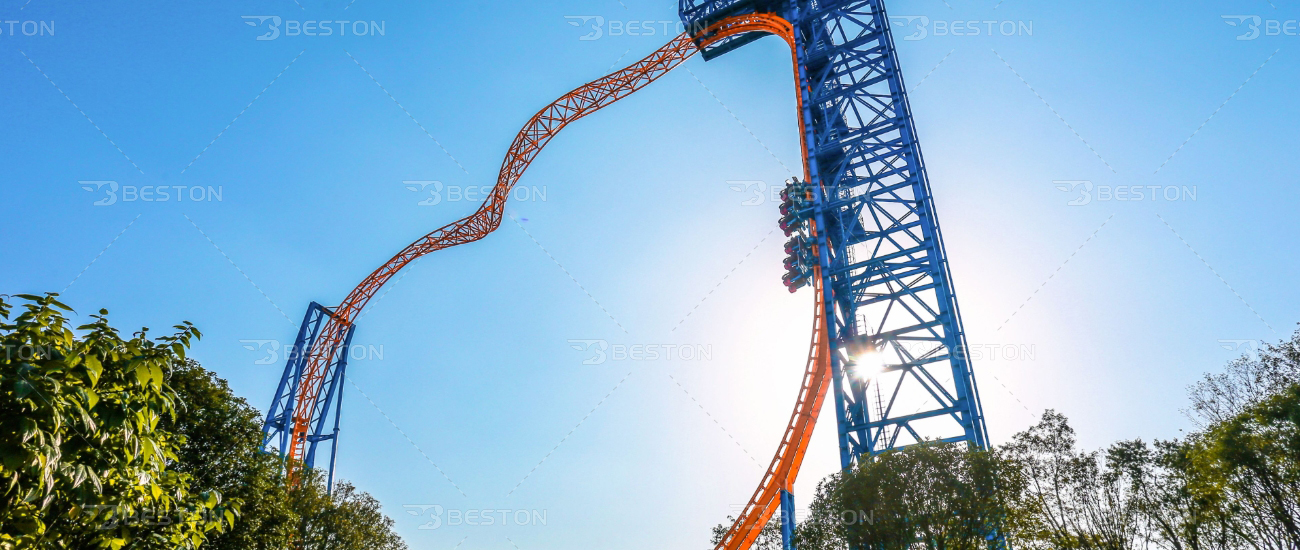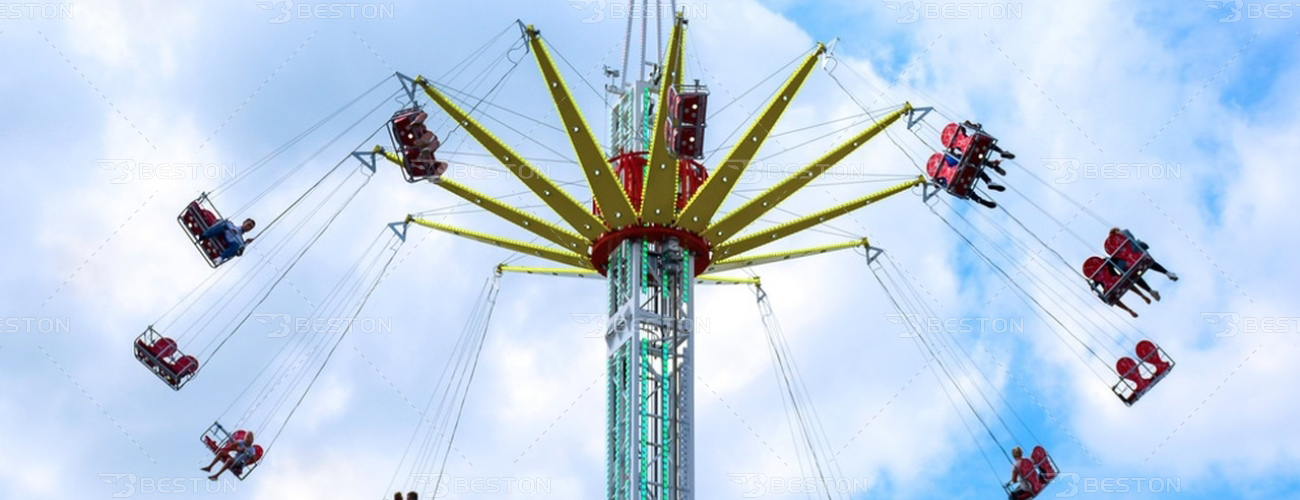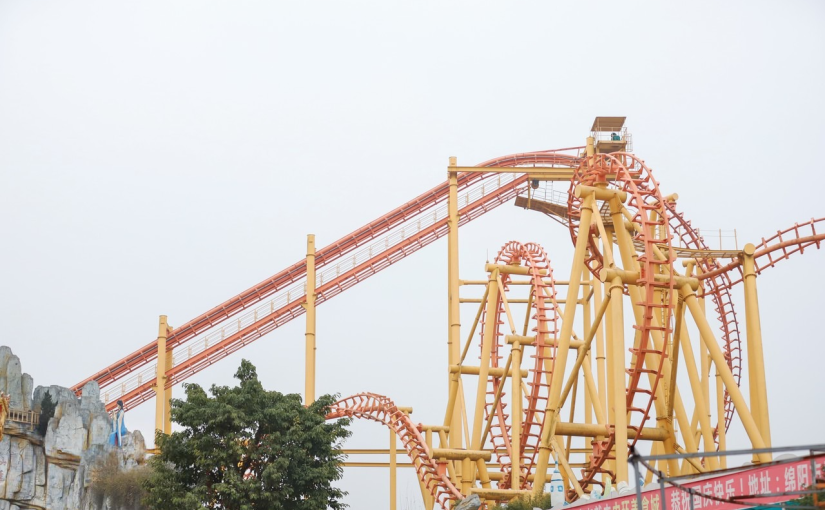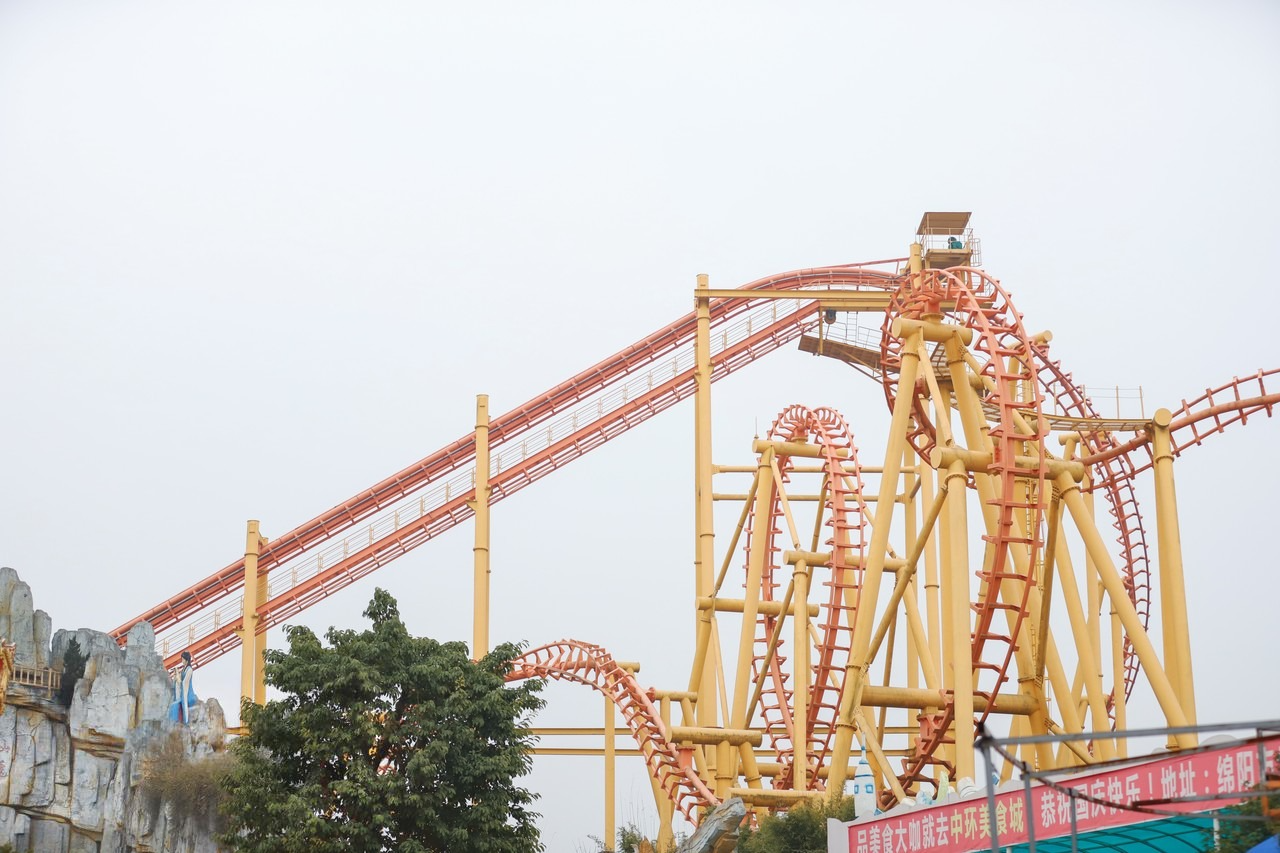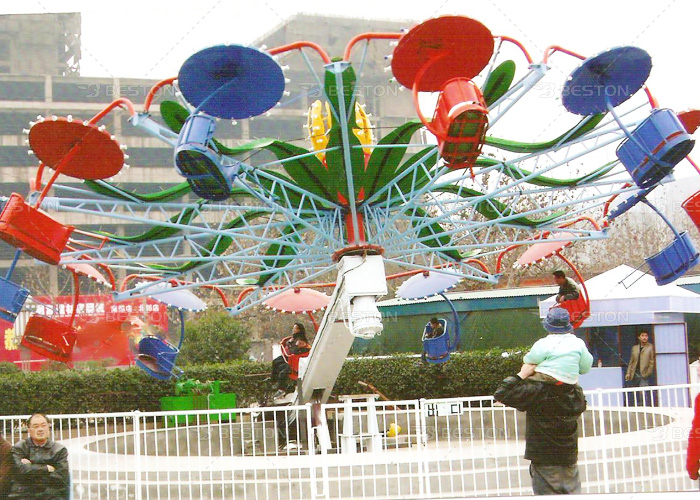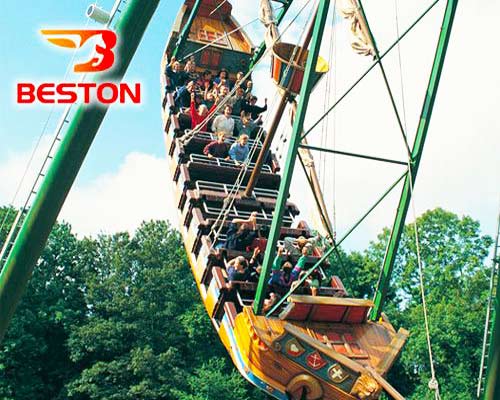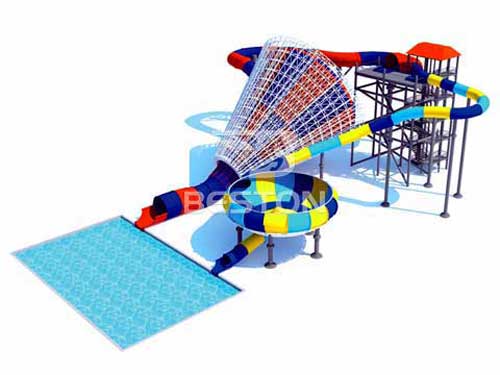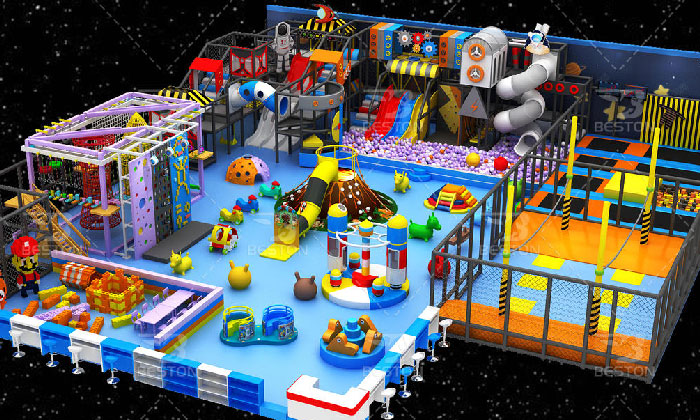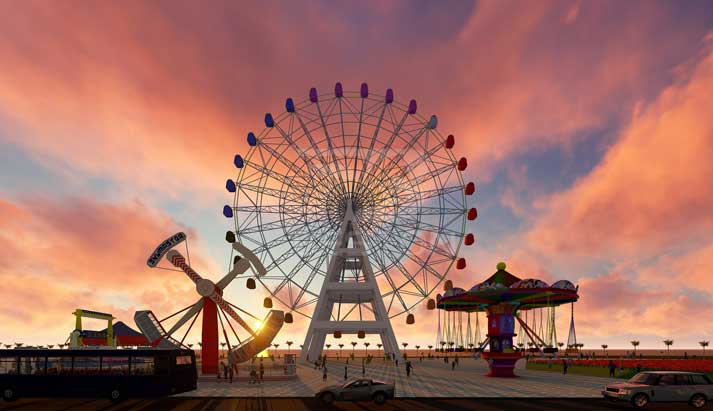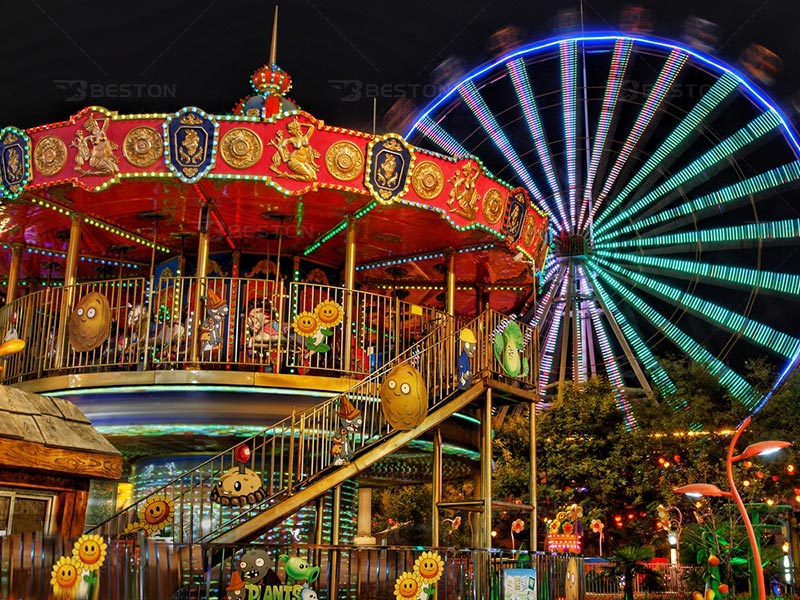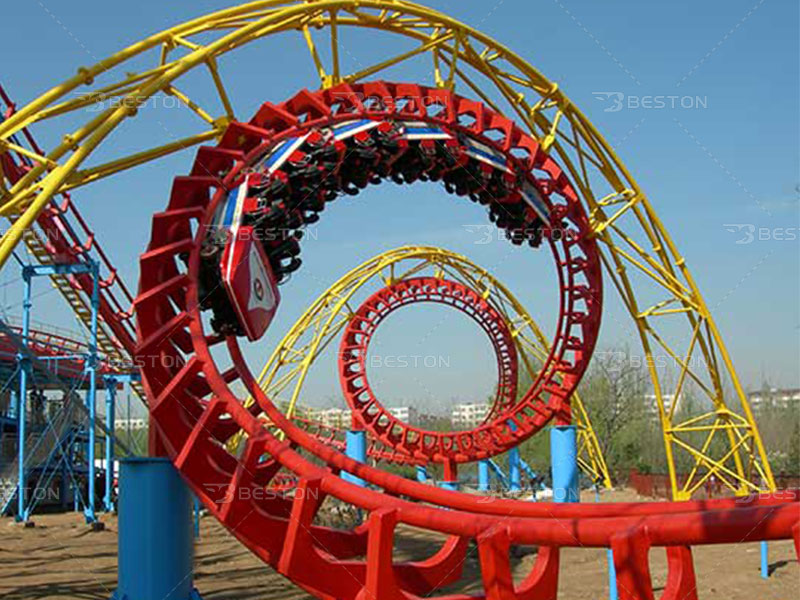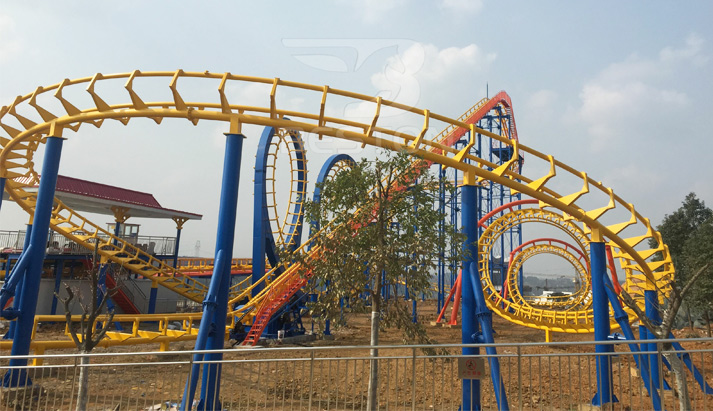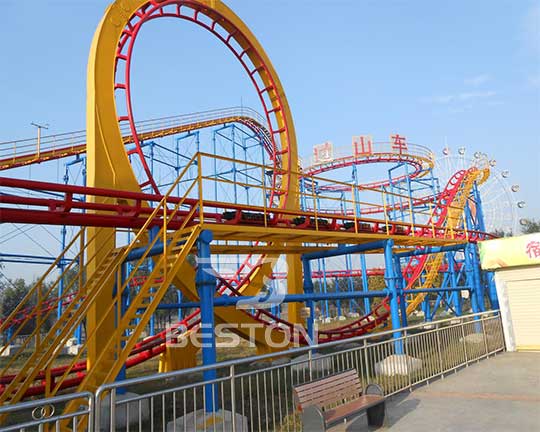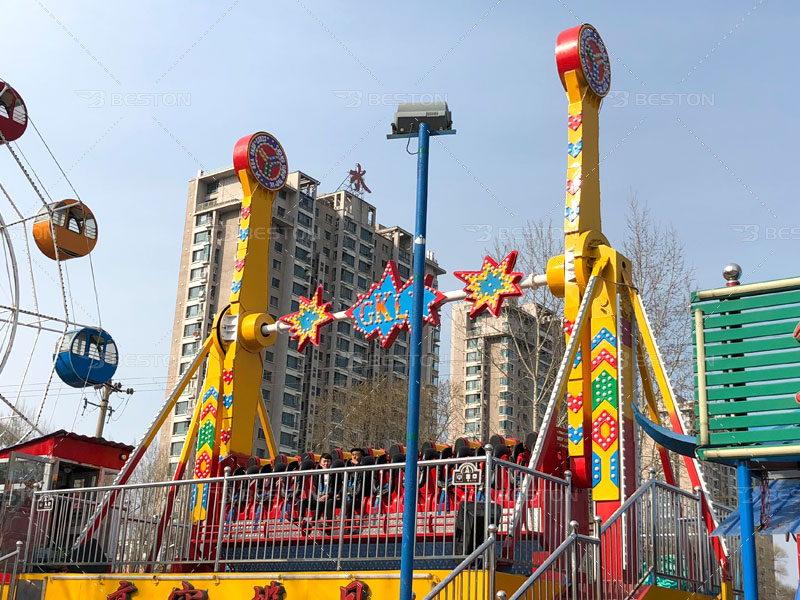A practical guide for park owners and operators to evaluate cost, safety and operations when buying a pendulum attraction that complements other thrill rides like roller coasters and a swing ride.
What Makes a Pendulum Attraction a Must-Have
A pendulum ride (маятник аттракцион) is one of the most visually striking and revenue-driving attractions in many parks. Combining sweeping arcs, rotational motion and theatrical lighting, this model of ride captures attention from across the park. As one of the headline thrill rides, it appeals especially to teens and adults seeking high-adrenaline experiences.
Typical pendulum types range from compact, transportable models suitable for seasonal parks to large, permanent installations that swing riders higher and faster. The key is choosing a model sized and specified to match your park’s footprint, audience profile and regulatory environment.
Assessing Total Cost: Purchase Price and Long-Term Expenses
Evaluating the purchase ride price (какие есть аттракционы) is only the first step. A thorough cost analysis includes foundation work, electrical infrastructure, shipping, customs (if imported), installation labor and recurring maintenance. Manufacturers who bundle installation and training may charge more up front but often reduce operational risk and lifecycle expenses.
Budgeting for Foundations and Utilities
Large pendulum rides typically require reinforced foundations and specialist electrical feeds. Factor these into the total capital cost early to avoid budget overruns.
Comparing Supplier Offers
Get written quotations from multiple vendors and compare them by scope—what’s included and what’s extra. Pay close attention to warranties, spare parts availability and training packages. These elements affect your ongoing operating cost and uptime.
Confirming Safety Standards and Technical Documentation
Safety is non-negotiable. Verify that your chosen manufacturer adheres to recognized standards (for example, EN/ISO or ASTM standards where applicable). Request engineering drawings, finite element analysis or load calculations and copies of third-party test reports.
Certifications, Inspections and Traceability
Ask for certificates of conformity, traced material documentation and a recommended inspection schedule. If possible, inspect a working installation to evaluate wear points and maintenance access.
Using Reviews, References and Live Demonstrations
Third-party reviews and operator testimonials are invaluable. Speak directly with park owners who already operate the same model. On-site visits or video demonstrations will show you how the thrill ride (экстремальные аттракционы купить) performs under real guest loads, how it integrates with queuing and how maintenance crews access critical components.
Tip: Check social media and industry forums for candid feedback—these channels often reveal operational lessons not found in formal brochures.
Delivery, Installation and After-Sales Services
A clear timeline for manufacturing, delivery and on-site commissioning prevents surprises. Leading suppliers provide installation teams, commissioning checks and operator training. Confirm who is responsible for final safety certification once installation is complete.
Spare Parts, Technical Support and Training
Ensure spare parts can be shipped quickly and that your staff receive hands-on maintenance training. A reliable technical support contract reduces downtime and preserves guest confidence.
Design Integration: Positioning Your Ride and Visitor Experience
Consider thematic elements, lighting and signage to maximize the pendulum ride’s visibility and emotional impact. A well-placed pendulum can act as a magnet for foot traffic and enhance adjacent retail or F&B sales.
Complementing Your Lineup with a Swing Ride and Others
Adding a gentler swing ride (цепочная карусель) alongside your pendulum creates a balanced attraction mix—appealing to families and those who prefer milder sensations. Combining different ride intensities helps broaden the park’s demographic reach and increases cross-selling opportunities.
Making a Confident, Informed Investment
Buying a pendulum ride is more than a transaction; it’s a long-term partnership. Prioritize manufacturers with proven safety records, accessible spare parts and documented operational history. A well-selected pendulum will become a focal point of your park’s identity and a reliable earner among your portfolio of thrill rides.
When you combine technical diligence with purpose-built design and sound operational planning, a pendulum ride will deliver memorable guest experiences and measurable business returns for years to come.


